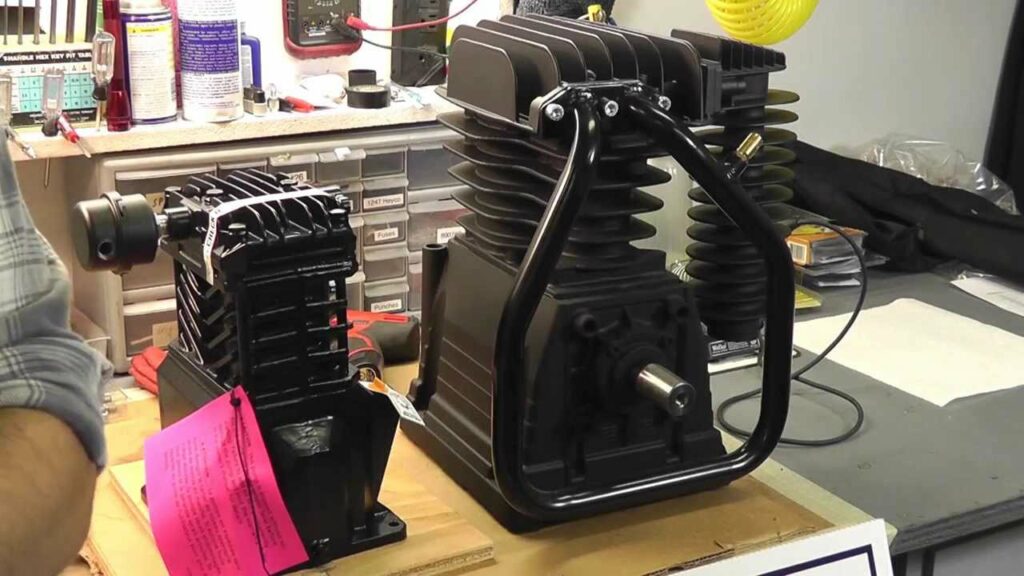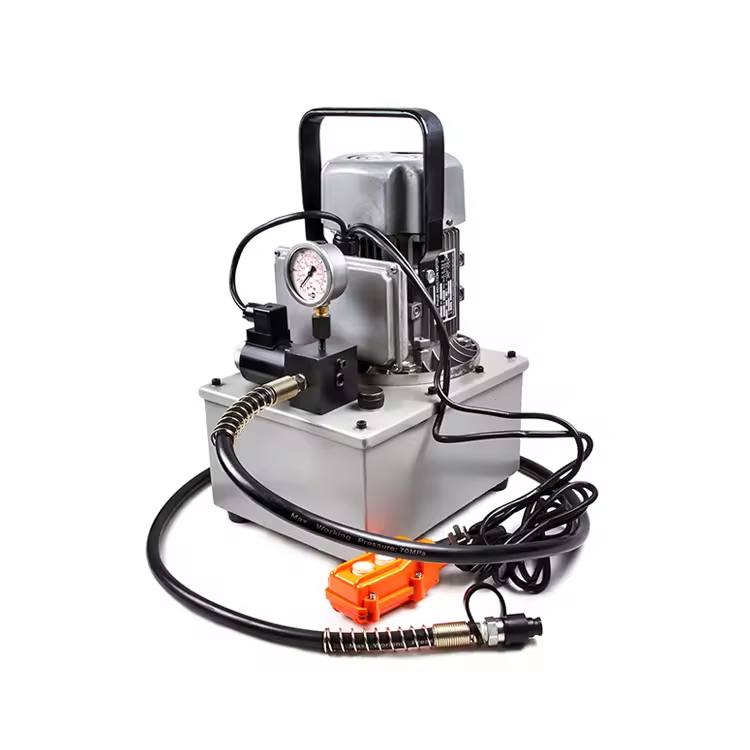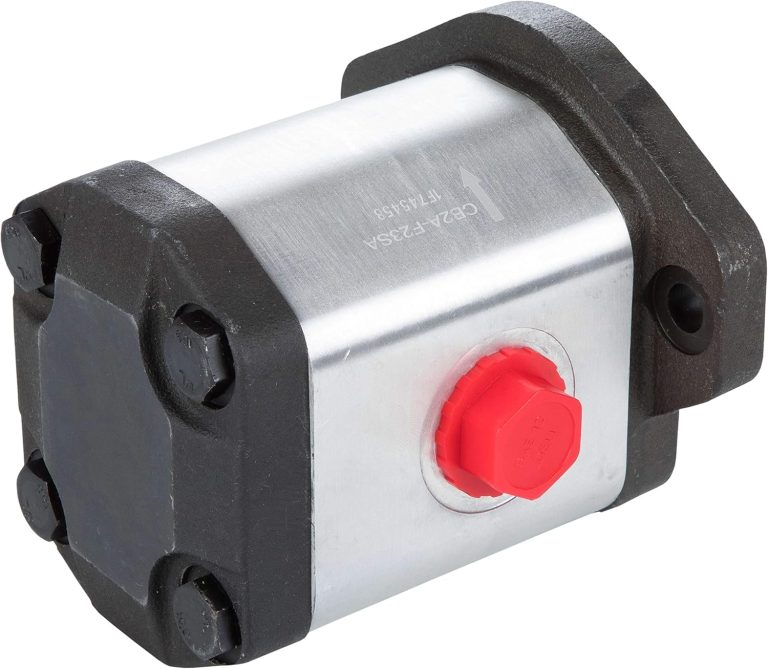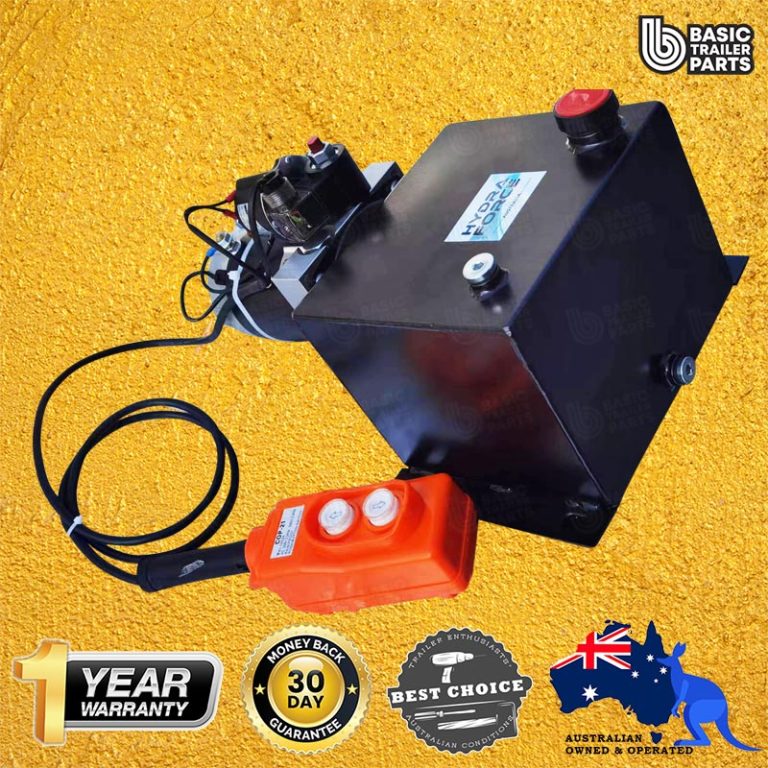How does a single stage hydraulic pump work?
How does a single stage hydraulic pump work?
A single stage hydraulic pump is a type of hydraulic pump that uses one medium to transfer hydraulic pressure from the source to the application. The single stage hydraulic pump operates with just one main shaft and one or more piston chambers, which are in turn connected to the input and output couplings. The single stage hydraulic pump is very simple and efficient, making it a popular choice for smaller applications.
What are the advantages and disadvantages of each type of pump?
The main difference between single stage and double stage hydraulic pumps is the number of stages they have. A single stage pump has one stage, while a double stage pump has two stages. There are also hybrid pumps that have a combination of both types of stages.
One advantage of a single stage pump is that it is smaller and lighter than a double stage pump. This makes it easier to move and install, and reduces the amount of space required for storage. Single stage pumps are also cheaper than double stage pumps, and require less maintenance.
One disadvantage of a single stage pump is that it can only produce limited amounts of pressure. This means that it is not suitable for applications where high pressure needs to be delivered, such as in oil production or water treatment plants.
On the other hand, a double stage pump can produce higher levels of pressure than a single stage pump. This makes it more suitable for applications where high pressure needs to be delivered, such as in oil production or water treatment plants. Additionally, double stage pumps are bigger and heavier than single stage pumps, which means they require more space for installation.
Overall, single stage pumps are generally smaller, lighter, cheaper, and more compact than double stage pumps. They are however not as suitable for applications that require high pressure output. Conversely, double stage pumps are larger and heavier, but can produce higher levels of pressure.

Reasons for using a single stage or double stage pump in different applications
A single stage pump can provide more energy and pressure than a double stage pump, making it better suited for applications where high pressure and energy are required.
Single stage pumps are generally used in lower pressure applications, while double stage pumps are used in higher pressure applications.
Some factors to consider when choosing between a single stage or double stage pump include: the application requirement, the type of fluid being pumped, and the horsepower required.
Does the design of a single stage or double stage pump matter?
Both single stage and double stage pumps are used in hydraulic systems, but there is a significant difference in their design. A single stage pump operates on one pressure head, while a double stage pump has two pressure heads. The main advantage of a double stage pump is that it can handle greater pressures than a single stage pump. Additionally, a double stage pump can operate at higher speeds than a single stage pump.
The design of a pump does not affect its ability to operate, it only affects its speed and pressure capacity.





